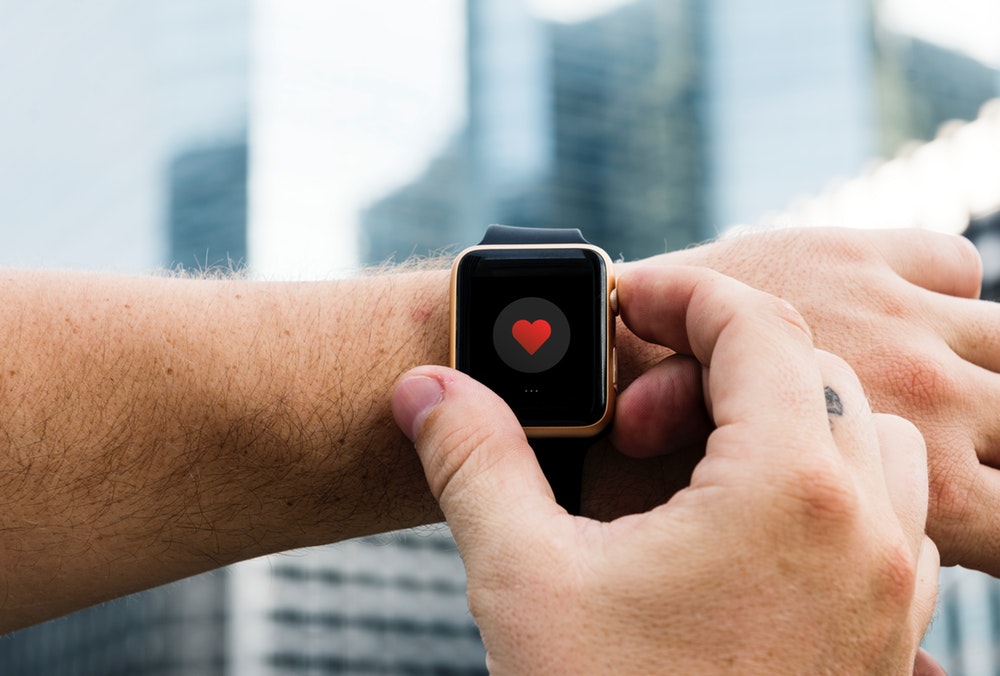Cholesterol is a waxy, fat-like substance that’s found in all the cells in your body. Your body needs some cholesterol to make hormones, vitamin D, and substances that help you digest foods. Your body makes all the cholesterol it needs. Cholesterol is also found in some of the foods you eat. Cholesterol doesn’t dissolve in water, so it can’t travel through your blood on its own. To help transport cholesterol, your liver produces lipoproteins.
Lipoproteins are particles made from fat and protein. They carry cholesterol and triglycerides (another type of lipid) through your bloodstream. The two major forms of lipoprotein are a low-density lipoprotein (LDL) and high-density lipoprotein (HDL).
If your blood contains too much LDL cholesterol (cholesterol carried by low-density lipoprotein), it’s known as high cholesterol. When left untreated, high cholesterol can lead to many health problems, including heart attack or stroke.
Two types of lipoprotein carry the parcels of cholesterol:
- Low-density lipoprotein (LDL) – cholesterol carried by this type is known as “bad” cholesterol.
- High-density lipoprotein (HDL) – cholesterol carried by this type is known as “good” cholesterol.
Cholesterol has four primary functions, without which we could not survive, these are:
- contributing to the structure of cell walls
- making up digestive bile acids in the intestine
- allowing the body to produce vitamin D
- enabling the body to make certain hormones
Cholesterol is in foods that come from animal sources, such as egg yolks, meat, and cheese.
Other foods have fats that raise your cholesterol level. For example, saturated fat raises your LDL (bad) cholesterol level more than anything else in your diet. Saturated fat is found in some meats, dairy products, chocolate, baked goods, and deep-fried and processed foods.
Another type of fat, trans fats, raise your LDL (bad) cholesterol and lower HDL (good) cholesterol. Trans fats are made when hydrogen is added to vegetable oil to harden it. Trans fats are in some fried and processed foods.
To Read More Health Blogs.




